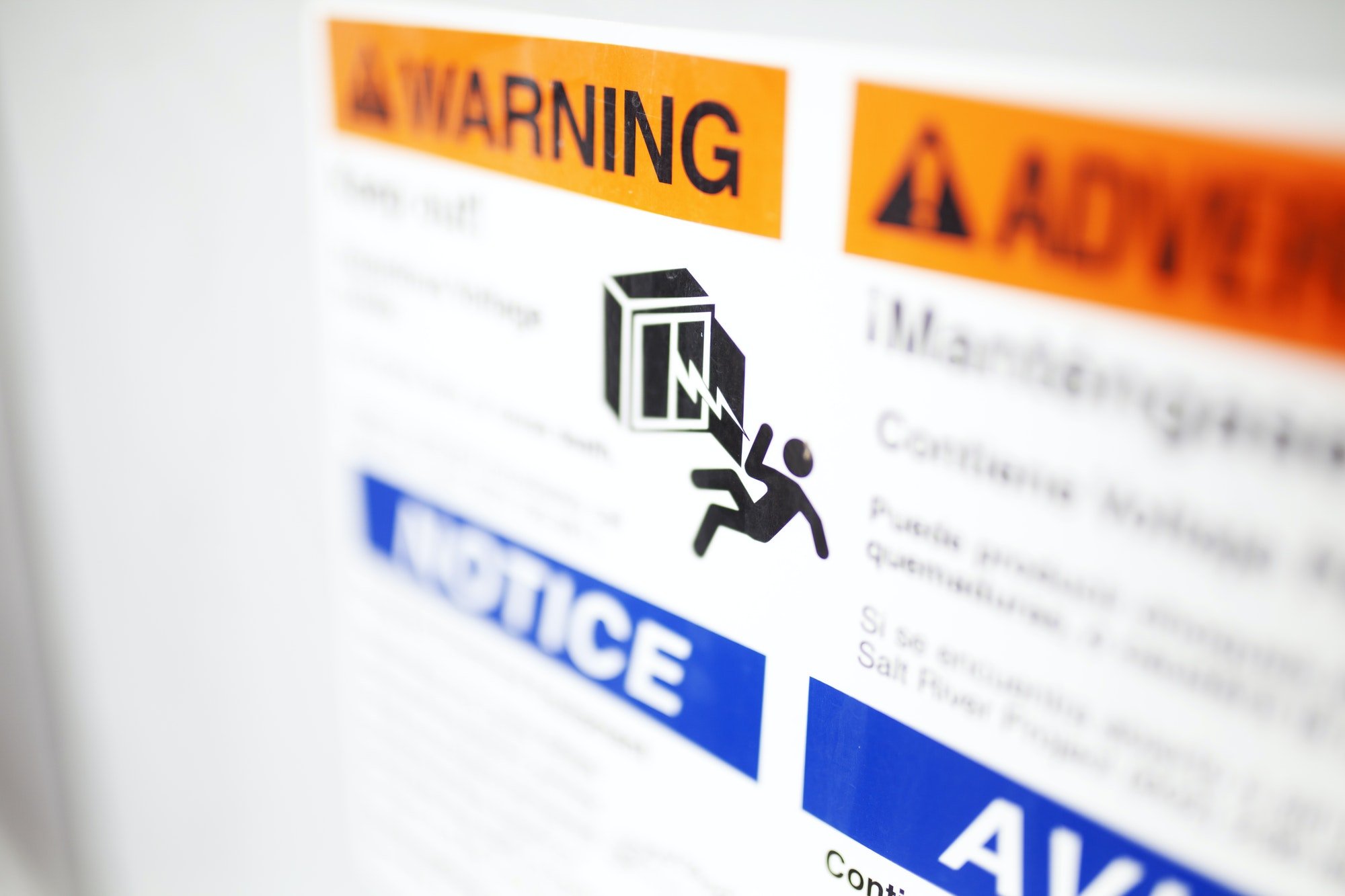The danger from an electrical shock depends on the type of current, how high the voltage is, how the current traveled through the body, the person’s overall health and how quickly the person is treated.
What you should do while waiting for medical help:
1. Look first. Don’t touch. The person may still be in contact with the electrical source. Touching the person may pass the current through you.
2. Turn off the source of electricity, if possible. If not, move the source away from you and the person, using a dry, nonconducting object made of cardboard, plastic or wood.
3. Check for signs of circulation (breathing, coughing or movement). If absent, begin cardiopulmonary resuscitation (CPR) immediately.
4. Prevent shock. Lay the person down and, if possible, position the head slightly lower than the trunk with the legs elevated.
5. After coming into contact with electricity, the person should see a doctor to check for internal injuries, even if he or she has no obvious signs or symptoms.
Caution
Don’t touch the person with your bare hands if he or she is still in contact with the electrical current.
Don’t get near high-voltage wires until the power is turned off. Stay at least 20 feet away — farther if wires are jumping and sparking.
Don’t move a person with an electrical injury unless the person is in immediate danger.
Many people make the error of sacrificing themselves in the attemp to help others.
Your knowledge of how to handle a situation will save your life as well as possibly the life of the person in danger.
Learn more about electrical shock click here.



